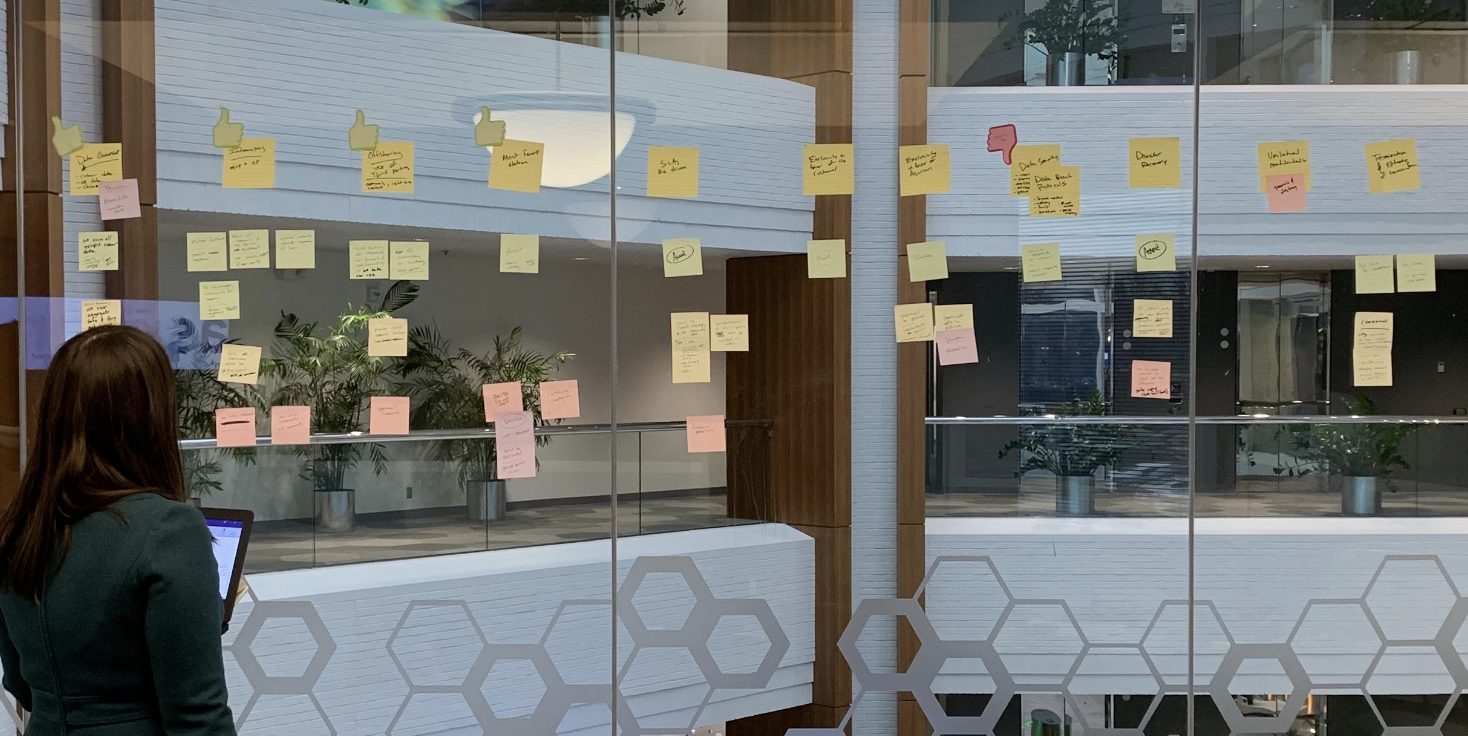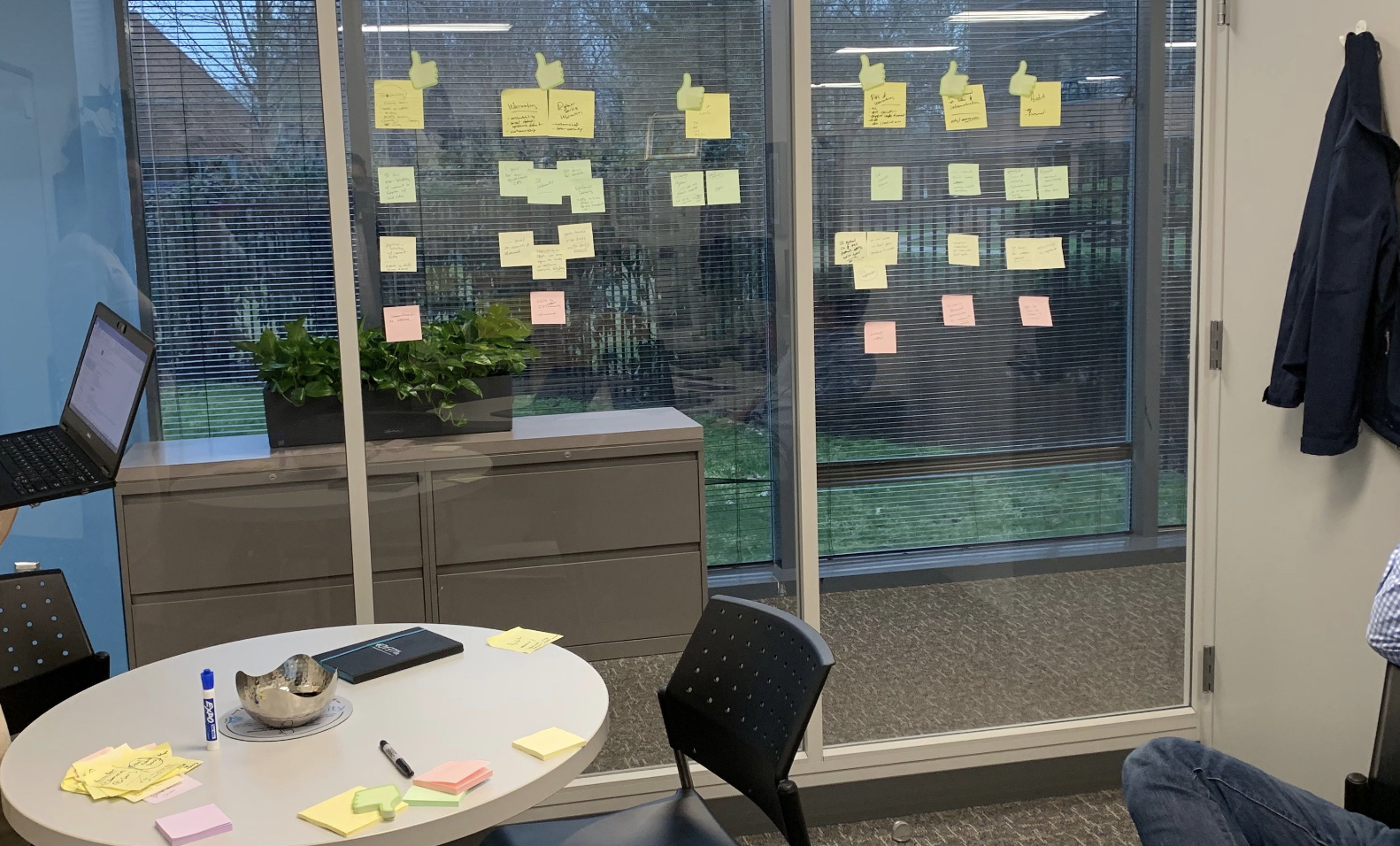If your team has been spending many hours brainstorming for days -- trying to create a contract playbook but you’re getting nowhere -- there’s hope. Henal Patel tells how his organization discovered a way to get the job done quickly. You can do this too. Here is what he has learned about the contract playbook design and one tool you might want to use to create your own unique playbook.
Our focus is on helping legal teams collaborate, learn, and iterate with great software. After a few experiments with large customers, we discovered an easy and simple process to create a minimum viable playbook (MVP). The MVP is a “lean” playbook that provides only the tools or contract language needed to satisfy all parties early on. We’re excited to share this fun and interactive process. Let’s face it. Contracts can be boring, and bringing people together to talk about them . . . is hard.
As you likely know, a contract playbook is a document that authorizes your colleagues -- whether they are lawyers or not -- to handle the entire lifecycle of a contract. The playbook can cover either many types of contracts or only one agreement.
One well-known source defines a contract playbook as a document that “breaks down the company’s standard contract terms, sets out an explanation of each clause along with fallback clauses (i.e., variations of the standard clauses that the company would accept if the customer wants to negotiate a standard clause), and notes when the company will “walk away” from a contract…A properly prepared contract playbook allows the legal and business teams to stay aligned and close contracts faster or (or know when it’s time to walk)”1
The planning meeting
Starting with a planning meeting is essential.
For the planning meeting, you’re going to need more than just your laptop and a notepad. In fact, you’ll have to put your laptop and other electronic devices away. You can ask people to leave them at their desks or to have them turned off or on silent if they need them in the room. There are a few reasons for this.
First, using tangible supplies is a great way to bring people away from their computer screens and into an interactive environment.
Second, working with physical objects can help you see your abstract ideas more concretely. Being able to move notecards around is more effective than just copying and pasting lines on a screen.
Stick with a two-hour limit. You’ll need about two hours with the legal team to fully “bake” an MVP. If you only have one hour, you can still start the process. But for more complicated agreements and contract types, you’ll need a meaningful chunk of the day. Give everyone who’s included advance notice so they can plan accordingly and don’t go over the two-hour time limit.
The point isn’t to have a long meeting. The point is to have a productive meeting. You’ll need enough time to run through the exercise and talk about all the major points, but you don’t need to overanalyze everything. Remember, you’re designing an MVP. You’ll be able to reiterate on it later.
Logistics are simple
- No more than 4-5 contract review experts in the organization
- Moderator (e.g., DocJuris)
- Internal champion (leader)
- Large conference room with a wide area (glass works well)
Materials you will need
Using tangible supplies is a great way to bring people out of their screens and into an interactive environment. We’ve also found that this type of exercise is “different” from what legal teams are used to, and it’s a great way to change up an otherwise boring meeting.
 Assemble your supplies:
Assemble your supplies:
- Large yellow sticky notes
- Medium green, yellow, red, and purple sticky notes
- Fine point permanent markers
- Chisel point permanent markers
- Painter’s tape (optional)
 A playbook design involving a complex contract playbook involving several heavily negotiated legal concepts and provisions.
A playbook design involving a complex contract playbook involving several heavily negotiated legal concepts and provisions.
Make the process interactive
First, we explain the purpose of the meeting: build an MVP. Second, we encourage the meeting to be highly interactive and engaging. Third, we provide a brief overview of the playbook design process and how we’ll use the materials above to accomplish our specified goal.
Here’s how it works:
- Large yellow notes represent issues - i.e., the primary points of negotiation. Pick no more than 5-10
- Green notes represent preferred positions
- Smaller yellow notes represent fallback or alternative positions
- Red notes represent showstoppers and deal killers
- Purple notes are designated in random locations to identify deviation steps - i.e., who we need to talk to in the event of an impasse
From here, let the meeting flow naturally. Engage the team and allow the moderator to guide the discussion in the right direction. Stack the sticky notes, identify opportunities to streamline, and extract! After the meeting, outline the results, take photos of the board, and share. Remember the goal: In a limited amount of time, ask as many questions as possible and encourage the team to share.
 A six issue playbook design covering procurement related contracts.
A six issue playbook design covering procurement related contracts.
Tip: go through the high level issues first, and follow-through by digging into each issue. Working each issue one by one can be difficult, especially if you want a view of the forest (the big picture) now. Looking at the forest and then the trees can help correlate related legal concepts.
Many organizations are available that can help you create the contract playbook once you’ve conducted your planning meeting.
Lots more to share here - we love meeting with our customers to configure algorithm enabled playbooks. Our team of lawyers meet with clients to moderate a playbook design session and offer a method for implementing a playbook.
ABOUT THE AUTHOR
Henal Patel is a native Houstonian and the CEO of DocJurisâ„¢. Prior to that he worked as a senior in-house lawyer and legal ops specialist for over fifteen years. His organization helps legal teams work with clients to produce search tech enabled contract playbooks that integrate into everyday review processes. The objective is to lead clients into successfully reaching their ultimate goals by bringing out the best in their legal departments through the use of actionable metrics and useful software.
REFERENCE:
Ten things: creating a good contract playbook
Return